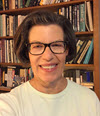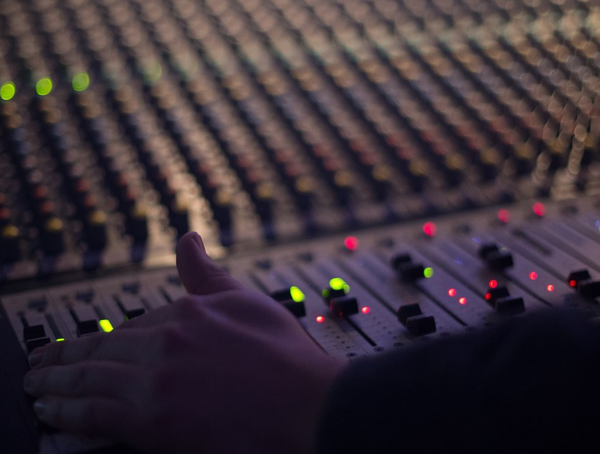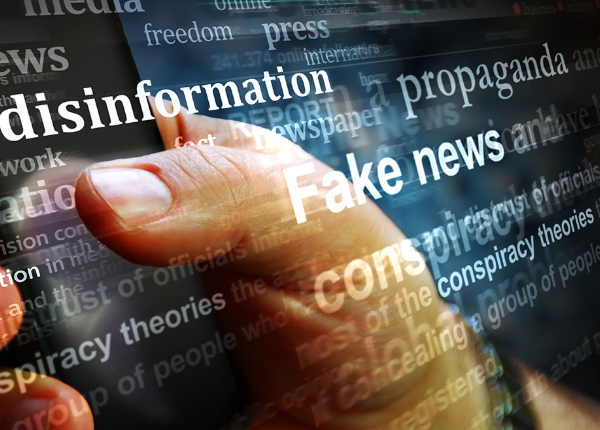As an investigative reporter, Brendan Keefe of WXIA-TV in Atlanta is accustomed to people assuming he works with more than one photographer when shooting his trademark long-form interviews. When his stories air, viewers see him asking questions on camera and interviewees responding from several different angles, smoothly edited together. It looks like it would take a crew of at least three people to pull off. But the truth is, Keefe does most of these shoots alone.
Keefe’s rolling bag is packed with cameras, lightweight tripods, microphones and battery-powered lights that he deploys by himself to shoot interviews from multiple angles. His primary camera is a DSLR, focused on the interviewee. A smartphone clamped to the same tripod gets a tighter shot. A digital video camera captures reversals so all of Keefe’s questions are on camera. And a GoPro on a light stand gets a two-shot. Keefe controls all of these cameras using an app on his iPad.
“It’s all about time and weight,” Keefe told journalists at a recent Texas Association of Broadcasters conference in Houston. He works fast and gets double duty out of a lot of his gear. The subject’s key light, for example, becomes the reporter’s back light. The reporter’s key light provides fill on the subject’s face.
You can see what it looks like in this story, starting 2:45 in.
How does he keep all of this gear off camera? He doesn’t bother. “Viewers want to be in on it,” he says. “They want to see how the sausage is made.”
Keefe’s favorite tool is a $25 universal clamp. He carries several and uses them to attach cameras and lights to tripods or light stands. He’s also a fan of the Rhino ROV, a rail-type device with a Bluetooth controller that he uses for tracking shots.
As a supplemental light source, Keefe uses a flashlight he bought from a police supply store. It’s magnetic, so he can stick it on anything metal, and it includes a blue safety light setting that can add color to neutral background. Keefe also carries a $60 USB microphone so he can track directly into his laptop.
About a third of the gear Keefe uses belongs to him, not the station, and he says it’s been a worthwhile investment.
“I want to stop the scroll, the channel changing,” he says. “I want you to listen up and pay attention. If my stuff looks different, you’re going to pay attention.”
One more advantage of Keefe’s system is that it saves time. When he’s done with an interview, all of the B-roll has already been shot.
Here’s more from Keefe on the apps and gear:
“I use multiple apps to control each camera or device. I run the Sony A7R-II mirrorless DSLR using Sony’s consumer app, PlayMemories. It allows for manual setting, a record/confidence light, record time, and the ability to check focus (it also allows for ‘touch focus’ and face-tracking for walking one-man-band stand-ups, something the camera can’t do without the app). For the Sony X70 mini-ENG camera, I use Sony’s CBM (Content Browser Mobile) app. It is similar, yet simple and more professionally-oriented. The GoPro5 is operated by the GoPro capture app. The Rhino ROV slider runs on its own app which also contains an amazing internal video camera function with manual controls, especially for long-exposure time lapse, which syncs each frame it records with the movement of the slider. I use the VoiceRecrdPro app with an inexpensive lav mic that gives me a second or third microphone. The FiLMiC Pro app is great for recording video, and I also set my iPhone 8 to record at 4K by default.”
This post originally appeared on advancingthestory.com.
 Deborah Potter is an experienced journalism trainer and reporter who spent 16 years as a network correspondent at CBS News and CNN. She is co-author of “Advancing the Story: Quality Journalism in a Digital World,” now in its fourth edition. She writes regularly about journalism on the Advancing the Story website. For almost 20 years, Deborah ran NewsLab, the journalism site she founded in 1998, which is now part of the University of Mississippi. Deborah leads workshops for journalists in newsrooms across the United States and around the world on writing, social media, digital journalism and ethics.
Deborah Potter is an experienced journalism trainer and reporter who spent 16 years as a network correspondent at CBS News and CNN. She is co-author of “Advancing the Story: Quality Journalism in a Digital World,” now in its fourth edition. She writes regularly about journalism on the Advancing the Story website. For almost 20 years, Deborah ran NewsLab, the journalism site she founded in 1998, which is now part of the University of Mississippi. Deborah leads workshops for journalists in newsrooms across the United States and around the world on writing, social media, digital journalism and ethics.








